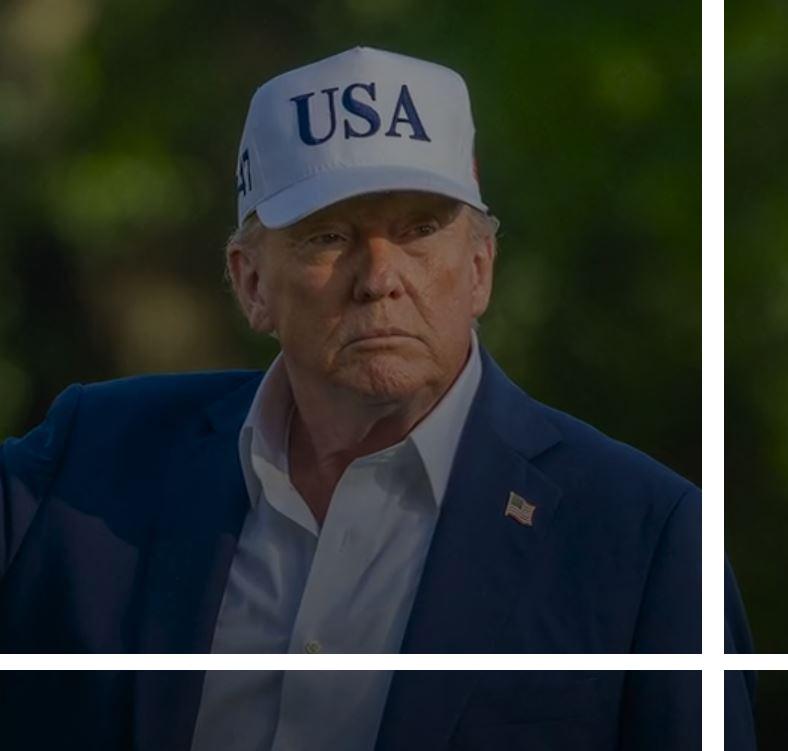
In a surprising move, the White House announced that former U.S. President Donald Trump plans to reinstate new tariffs on a range of imports in an effort to protect domestic industries and boost the American economy. This decision is part of a series of trade measures that Trump sees as a way to balance trade deficits and counter foreign competition, particularly from China.Trump Reimposes Tariffs
Background and Objectives
This step traces back to the protectionist policies Trump pursued during his previous presidency, when he imposed high tariffs on steel, aluminum, and Chinese goods, sparking a trade war with Beijing. Now, Trump is back with new proposals aimed at:
- Protecting American jobs: By encouraging companies to produce domestically instead of importing.
- Reducing the trade deficit: Particularly with nations accused of unfair trade practices.
- Boosting strategic industries: Such as energy, automobiles, and technology.
- Trump Reimposes Tariffs
Mixed Reactions
The decision has sparked conflicting responses from economists and affected businesses:
Support
Trump’s supporters back this move, arguing that tariffs are an effective tool to pressure foreign governments into renegotiating trade terms. They also praise their positive impact on sectors like steel and agriculture, which saw a revival during previous protectionist measures.
Criticism
On the other hand, economists warn that increased tariffs could lead to:
- Higher consumer prices: Due to increased import costs.
- Retaliatory measures: From countries like China and the EU, which could harm U.S. exports.
- Supply chain disruptions: Especially in industries reliant on imported components.
Potential Impact on the Global Economy
If these measures are implemented, global markets could face renewed instability, as protectionist policies tend to create volatile trade environments. The decisions may also affect:
- Multinational corporations: That depend on overseas manufacturing.
- Emerging markets: That export low-cost goods to the U.S.
- Investors: Who may act cautiously due to fears of a new trade war.
The Future of U.S. Trade Policy
Trump appears determined to reset America’s economic priorities with a renewed focus on “America First.” However, the success of this policy depends on several factors, including:
- The ability of domestic industries to fill the gap if imports decline.
- How allies and trade rivals respond to U.S. pressure.
- The short- and long-term economic impact of these decisions.
Conclusion
The reimposition of tariffs places the U.S. at a crossroads between protecting its economic interests and maintaining global trade stability. While some view this as a return to controversial policies, others see it as necessary to ensure fair competition. The coming weeks will reveal the true impact of these measures on both the U.S. and global economies.

[…] of the Dragon – 8 […]